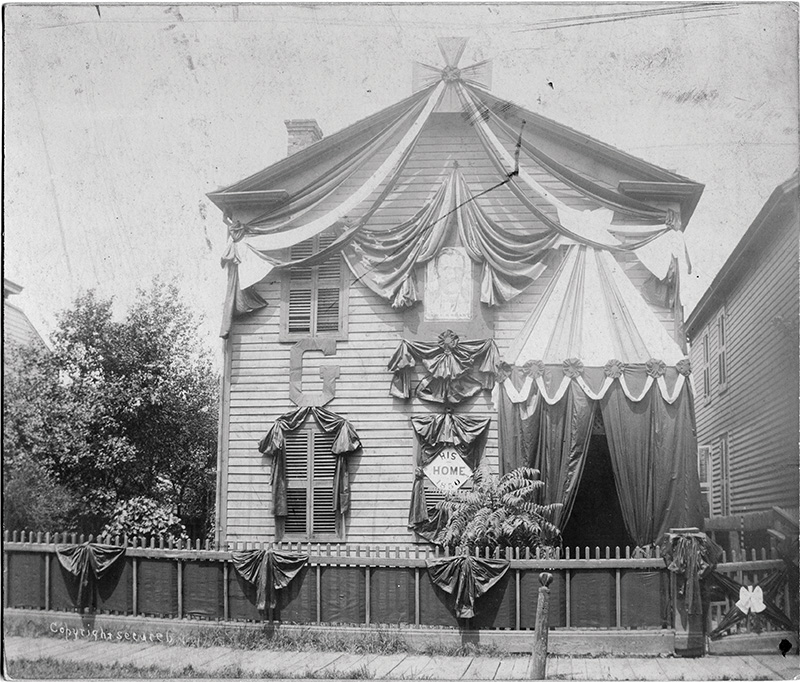
1885 Mention presidents who advanced the cause of civil rights, and Abraham Lincoln and Lyndon Baines Johnson leap to mind. But Hiram Ulysses Grant, who served two terms beginning in 1869, is seldom included, though he should be.Ěý
It was under Grant’s watch that the 15th Amendment, which gave voting rights to African American men, was passed. In 1875, he signed the Civil Rights Act, which prohibited racial discrimination in public accommodations and transportation, only to see it overturned by the U.S. Supreme Court. During Reconstruction, the 18th president sent federal troops to the South to curb the terror of the Ku Klux Klan and White League. As president, he appointed minorities to several posts. And, of course, Grant’s keen strategy when he was a general led to the Union victory during the Civil War.Ěý
Grant would appear to have a sterling record on civil rights — but for one notable blemish. In the 1850s, he purchased a slave, one William Jones, from his father-in-law to help with the upkeep of his farm. He freed Jones a year later, but many would rightly argue that was a year too late. Grant’s own parents were ardent abolitionists whose position was so unyielding that they refused to attend their son’s wedding because his wife came from a family of slaveholders. But Grant, at least in his younger life, seemed more ambivalent. He later recognized the scourge of slavery and reformed.Ěý
While serving in the military, Grant lived with his wife in Detroit from 1849-50 in a clapboard house (above) on East Fort Street. In 1885, upon the occasion of Grant’s death, Union veterans paid homage to him with draped bunting, a large “G” over one downstairs window, and a placard saying “His Home 1850” on the other. Over an upstairs window is an image of Grant. The home was later moved to the Michigan State Fairgrounds, where in recent years it sat decaying. But in August, the house, in two sections, was transported to Orleans and Wilkins, in the Eastern Market area, where it will be renovated and opened as an education center.
|
| Ěý |
|








